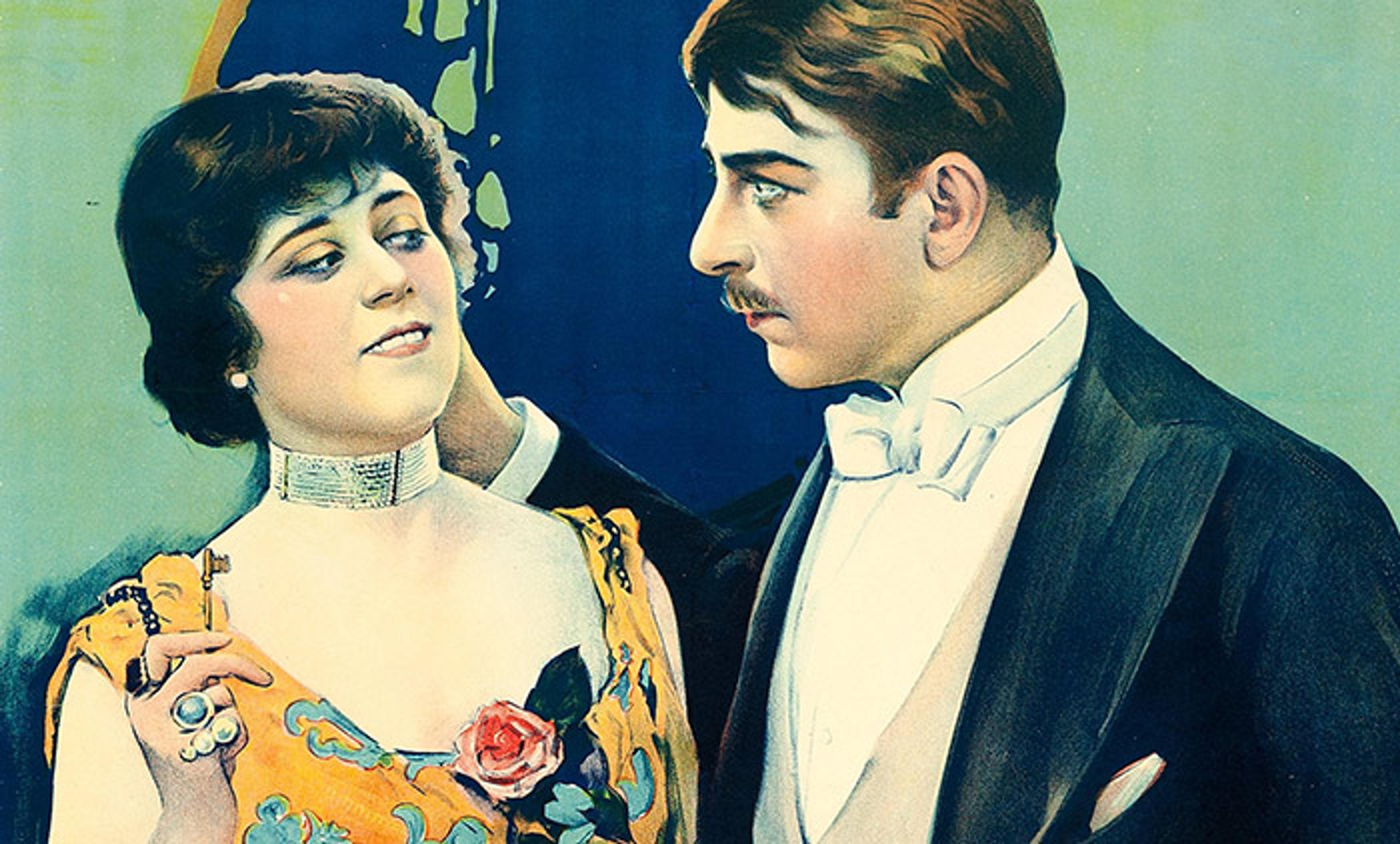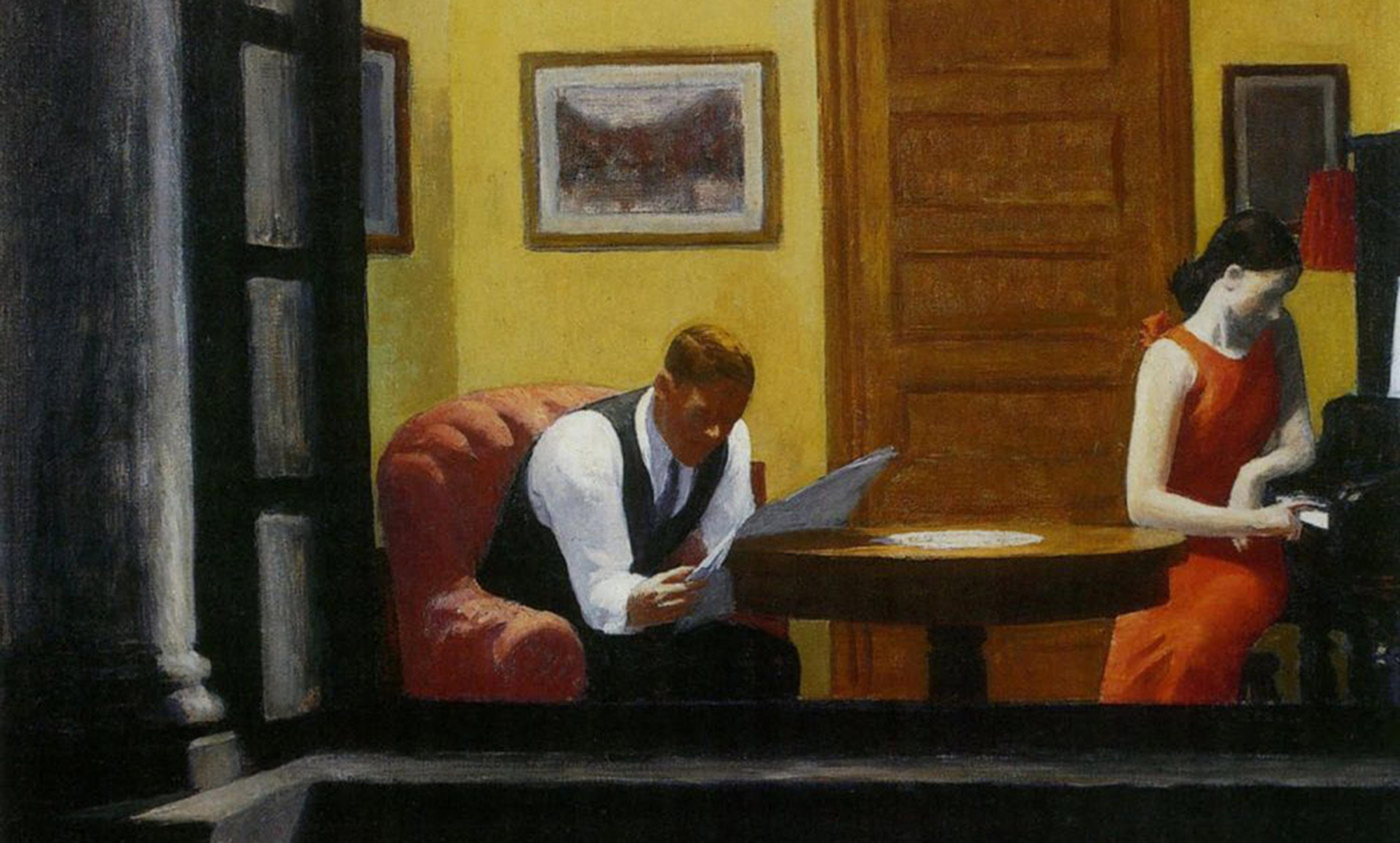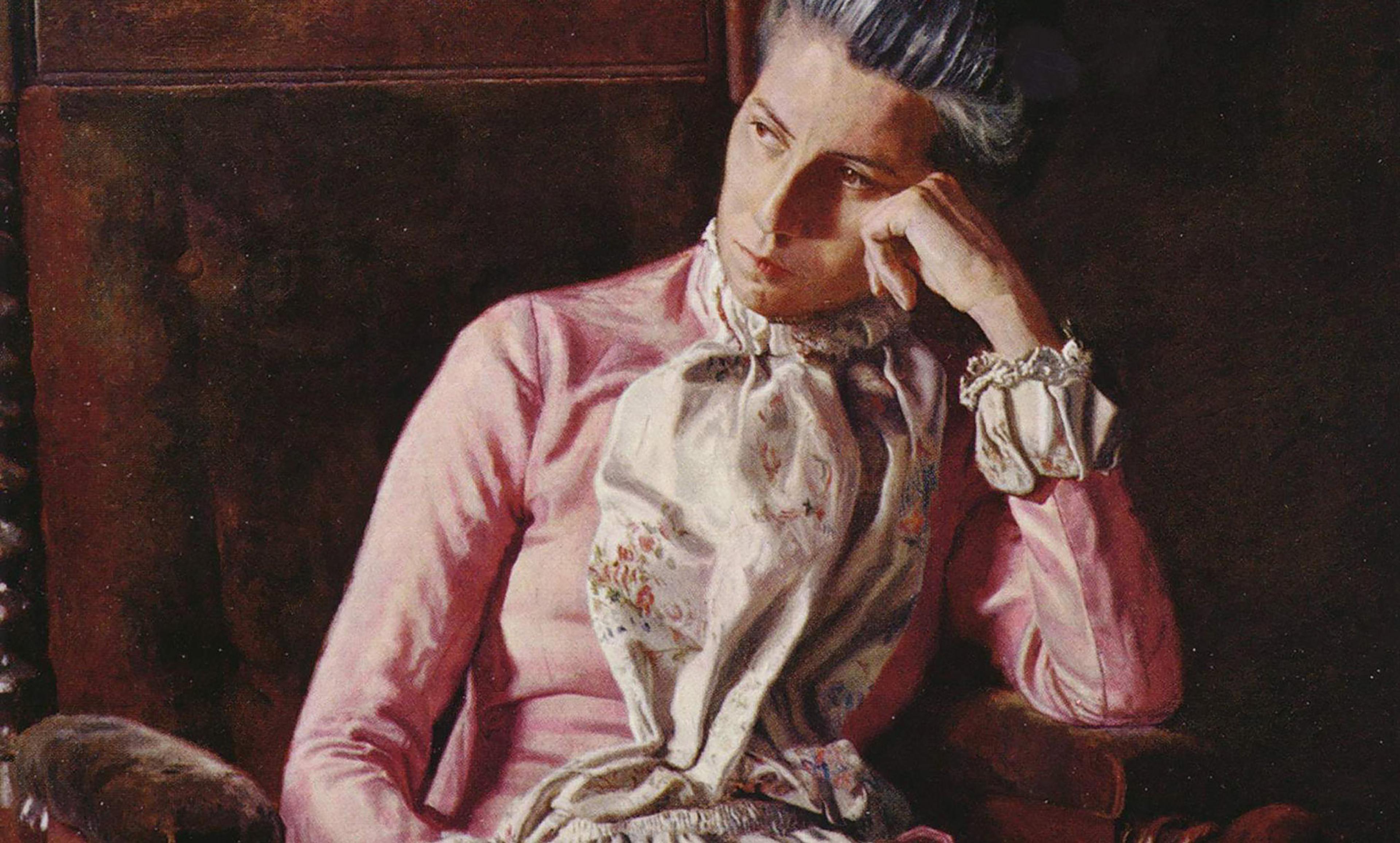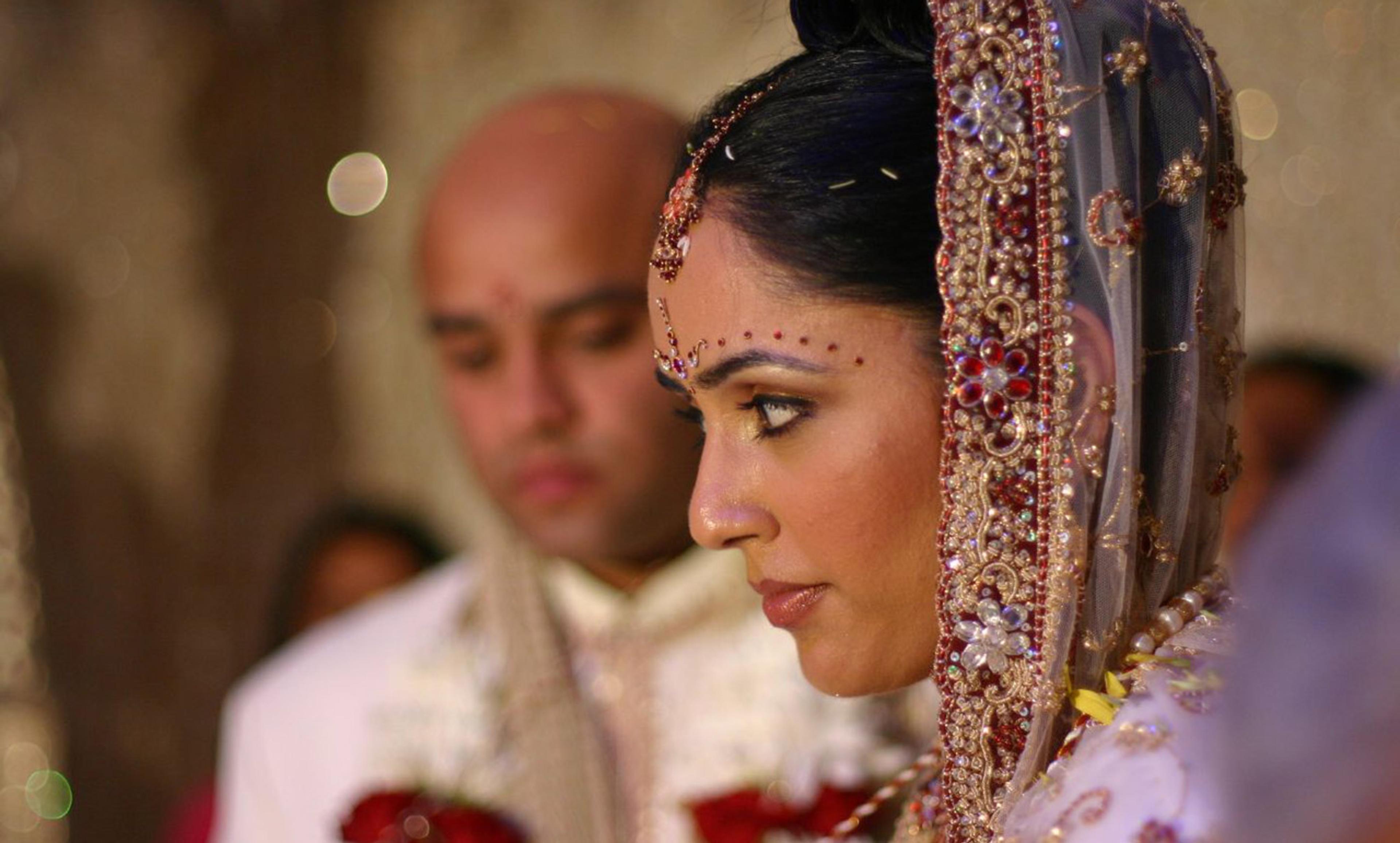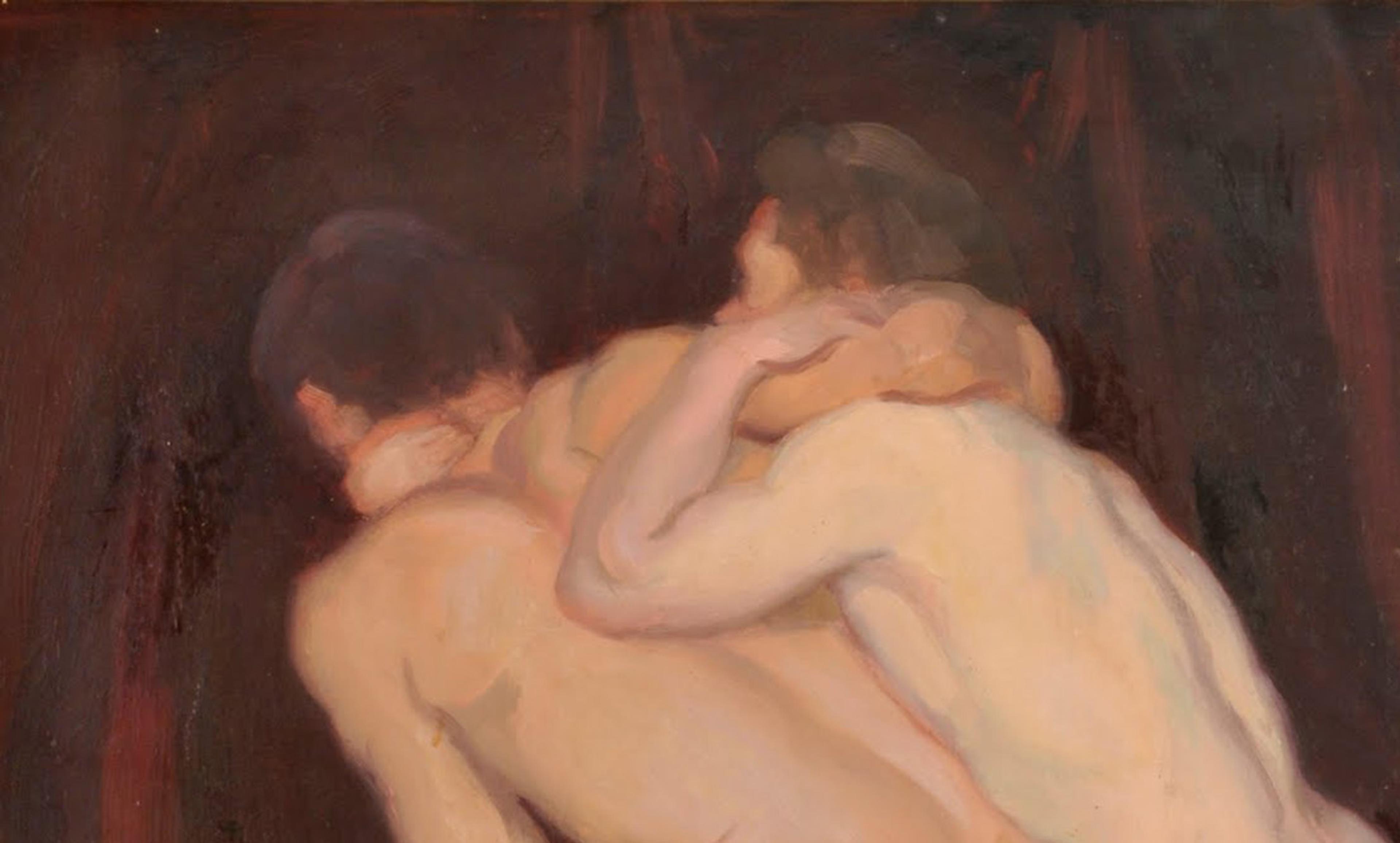Glen Meye/Flickr
There’s no longer anything unusual about wanting an open relationship. Many who consider themselves progressive about sex, gender, love and relationships know this. It’s just that almost nobody in an open relationship wants to be open about it. What’s surprising is that so many people feel the need for secrecy.
I’ve been out as polyamorous for years. Because of this, non-monogamous people who aren’t out often feel able to talk to me about their own situations. When I go to conferences, I can’t help noticing all the philosophers who are in closeted non-monogamous relationships. This discrepancy between reality and socially acknowledged reality can be disorienting; the ‘official’ number of non-monogamous people in the room is almost always one (me).
So what’s going on? No doubt there are several factors at work, but I want to talk about one that’s both powerful and insidious: non-monogamy isn’t considered ‘romantic’.
Romantic love is widely considered to be the best thing life has to offer: ‘failing’ at romance is often construed as failing at life. Amatonormativity is a name for the attitude that privileges lives based around a focal monogamous romantic relationship. What gets called ‘romantic’ isn’t just about classification; it’s about marking out those relationships and lives we value most.
This monogamous ideal is supposed to appeal to women especially. According to the stereotypes, single women are desperate to ‘lock down’ a man, while men are desperate to avoid commitment. There’s nothing new here: monogamy has historically been gendered. Even in situations where marrying more than one woman has been illegal, it has often been normal for men to have mistresses, but different rules have applied to women. This is unsurprising: in a patriarchal society with property inheritance passing along the male line, paternity is key, and enforced female monogamy is an effective way to control it.
Women’s sexuality can also be policed by developing a feminine model that includes a ‘natural’ desire for monogamy, plus social benefits for conforming to that model (and penalties for non-conformity). This model can then be internalised by women as a ‘romantic’ ideal inculcated via fairytales. In a similar vein, rather than allowing only men to have more than one partner, we can instil a subtler cultural belief that men’s infidelity is ‘natural’ and therefore excusable, while women’s infidelity is not.
Our language undermines gender-related optimism about monogamous romantic ideals: there is no word for a male ‘mistress’; romantic comedies are ‘chick flicks’. ‘Romance’ novels are marketed to and consumed by women. Brides are ‘given away’ by men to other men. We never hear about ‘crazy old cat gentlemen’. And how many married men do you know who’ve taken their wife’s surname? These attitudes persist not just in word but in deed: wives in hetero marriages still do more housework than their husbands, even if they earn more (which they rarely do).
Recent growing acceptance of same-sex love as ‘romantic’ has presented challenges to gendered norms. But this has happened alongside another change: monogamy has become an even more powerful ‘romantic’ ideal by including same-sex relationships. And its impact is intensely gendered.
Women who enter voluntarily into non-monogamous relationships are a direct challenge to the idea that women are ‘naturally’ monogamous. They are socially penalised to maintain the status quo. A non-monogamous woman will be portrayed as debased and disgusting – a ‘slut’. When I have discussed my open relationships online, I have been called a ‘cum-dumpster’, a ‘degenerate herpes-infested whore’, and many other colourful names.
My internet trolls focus on sex, partly because presenting non-monogamous relationships as ‘just sex’ makes it easier to degrade them, and partly because women who violate the monogamy norm – whose sexuality is out of (someone’s) control – are a threat to an ancient feeling of entitlement over women’s sexuality and reproductive potential. In contrast, a non-monogamous man is, at least sometimes, liable to be regarded as a ‘stud’.
Apart from monogamy, the only other relationship structure that controls paternity in a similar way is patriarchal polygamy, which is stigmatised in contemporary North America, for reasons including bona fide feminism as well as racism and cultural imperialism. One effect of this is that monogamy is seen as the only fair and liberal alternative.
Actually, there are many alternatives. But to tolerate them is to tolerate widespread social uncertainty about who is having sex with whom. This would extend to everything sex is entangled with, and everything it represents. Our ideals of ‘romantic’ love regulate not just our expectations about sex but also our conceptions of family and the nature of parenthood.
Ultimately, what we call ‘romantic’ is a philosophical issue that touches on the core of who we (think we) are, and what we value. I believe that the ‘romantic-ness’ of romantic love is largely socially constructed, and as such malleable. We collectively write the ‘script’ that determines the shape of the privileged (‘romantic’) relationship style. This script has changed, and will continue to change. But currently that process goes on largely below the radar: we aren’t supposed to see it happening, or realise that we can control it. Romantic love maintains a wholly ‘natural’ image, evading challenge or critical scrutiny by seeming inevitable, incomprehensible and wonderful.
We must get beyond this. We need to question the limits we have placed on what counts as a ‘romantic’ relationship. Freedom to love – the right to choose one’s own relationships without fear, shame or secrecy – is critical, not just for individuals but for us all collectively. Non-conformity is the mechanism that reshapes the social construct to better represent who we are, and who we want to be. Instead of forcing our relationships to conform to what society thinks love is, we could force the image of love to conform to the realities of our relationships.
But it won’t be easy. If the love of a polyamorous triad is seen as ‘romantic’, and hence as valuable as the love of a monogamous couple, then the triad should have the same social and legal privileges as the couple. How could we deny them the right to be co-parents? How could we defend the legal or financial benefits of monogamous marriage, or the lack of legal recourse for anyone fired for being polyamorous? These are the privileges by which we signal to monogamous couples and nuclear family units that theirs are the most socially valuable social configurations.
Nor could we defend the countless ways in which non-monogamous people are stigmatised and rejected. My boyfriend’s father no longer speaks to him about anything but the weather because he is in a polyamorous relationship with me. An extended family member literally prayed over me when she learned that I was non-monogamous, feeling an urgent need to ask Jesus to ‘save’ me from this ‘culture’. Stigma against non-monogamy is beyond a joke: researchers have uncovered assumptions that the non-monogamous are just bad people: less likely to walk their dogs, or floss their teeth.
It’s far easier to pretend that this is not really happening. Or that it’s not really a big deal. Perhaps you feel that way right now: perhaps you’re thinking you don’t know any non-monogamous people. But I wouldn’t be too sure. Until quite recently, an awful lot of people thought that all their friends and relatives were straight.


